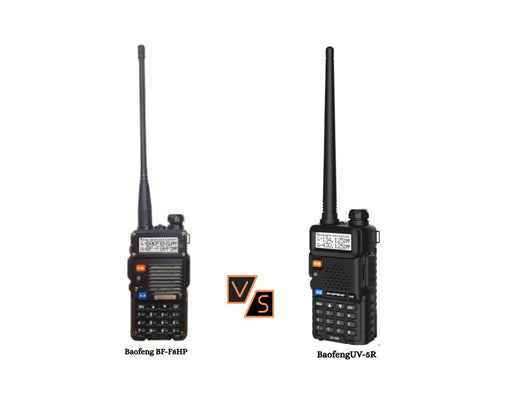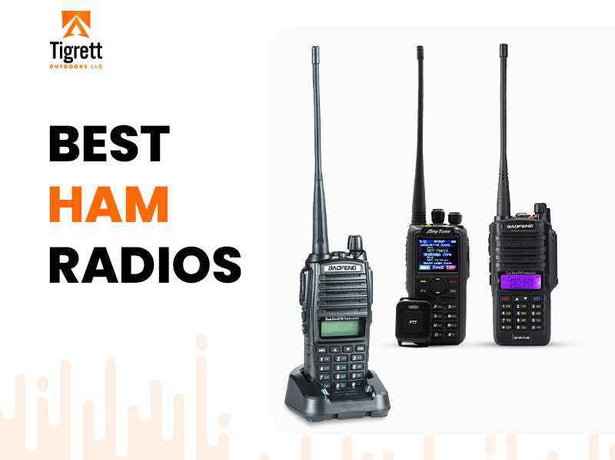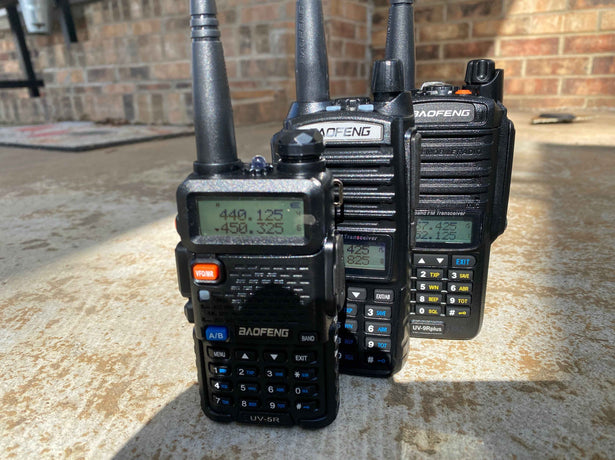Good, hands-free communication setup. Be aware that the Kenwood plugs fit exceptionally tight in some UV-5R’s. I would not want to have to continually plug and unplug the connection. Worked in my Howard Leight Impacts and Walker Razors; the Howard Leigh’s have to be “on” to hear through the headset, btw. Will likely buy additional sets.
Great little unit. I spent weeks researching them and finally put a kit together (ballistic helmet, peltor comtacs, ect) and the radio was the last part.
This thing is definitely a step up from the basic versions, all my buddies have them. I spent some time emailing back and forth with the owner of Tigrett (super friendly and helpful) and he answered all my questions while he was on vacation lol.
I had them pre-program my unit and was asking if they could program for multiple counties that are around me and sure enough, when it showed up, it is programed above and beyond my expectations. Very happy with my purchase and would buy again from these guys, no hesitation.
I wanted another option for helmet mounted earpro and this was a great option. I have a few sets of the Walker hearing protection a decided to take one of these for this configuration. The hardest part of the installation was the separation of the earmuffs from the Walker head piece. You'll have to cut the two ear pieces with the connecting wire/cable from the housing. Be very careful NOT to cut the connection wire/cable!! If you're careful, you could reuse the had piece. I used a regular flat blade screwdriver and carefully separated the ear muffs from the head piece. Connecting the included ear muff mount for the new helmet configuration is pretty straight forward. Once the ear muffs are separated, in the included bag of parts, there will be small round inserts that go over the male part of the ear muff (two per muff). This will help in maintaining a tight fit when you connect the new mounts for the helmet. Connect each mount to an ear muff, there will be an opening for the speaker that will match up to the mount and then connect them. There are YouTube videos out there if you want to get an idea before you start. Then once the helmet mounts are connected, there is a retaining clip that you snap in place. Now you're ready to mount the earpro to your helmet. This is pretty easy, just mount each side to the rail at the rear of the helmet.
I needed a way to relocate my radio antenna from my radio because where I have my radio, on the right side of my cumberbun, was in the way. This was the perfect solution! I ran the antenna relocation from my radio, down on the inside of my cumberbun, and out the lower right side, and attached the antenna, within a protective sheath, to the right side of my Micro Map Back Panel of my Agilite K Zero carrier. Works great 👍
Prompt and friendly service. The product was exactly as described. I highly recommend Tigrett! 😊


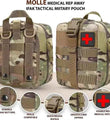




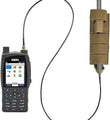
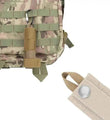
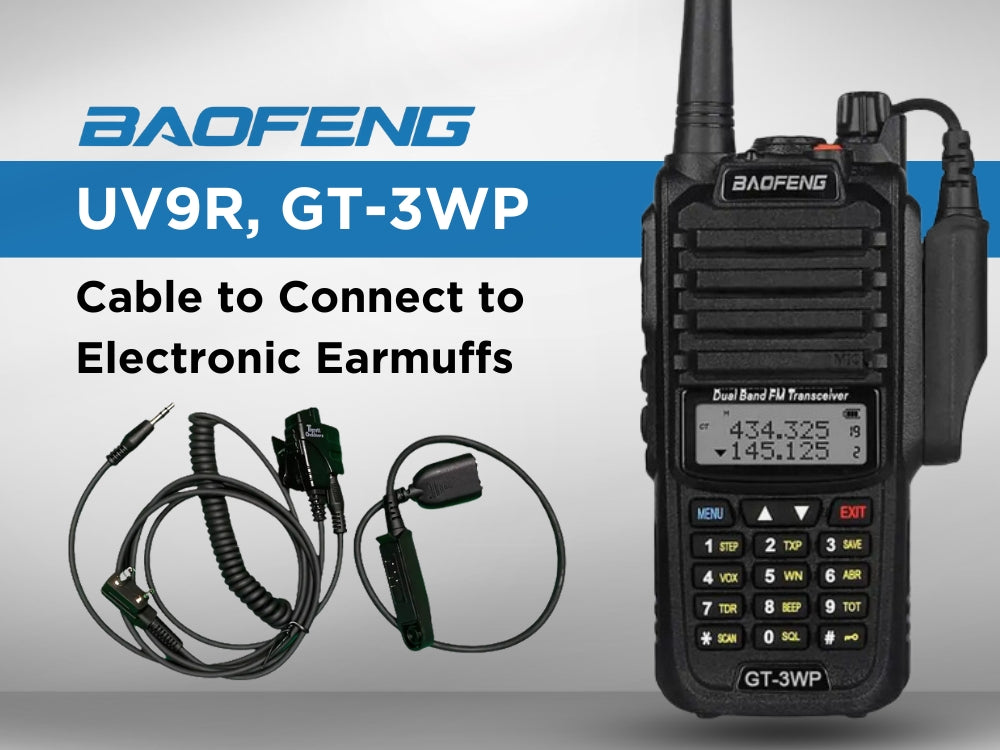
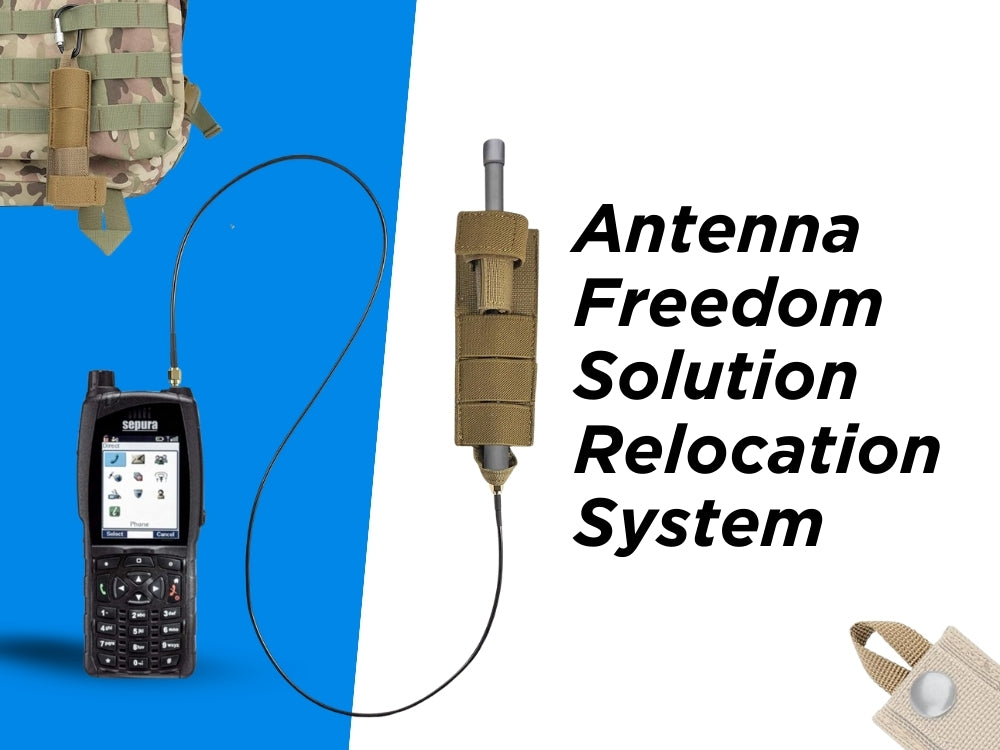
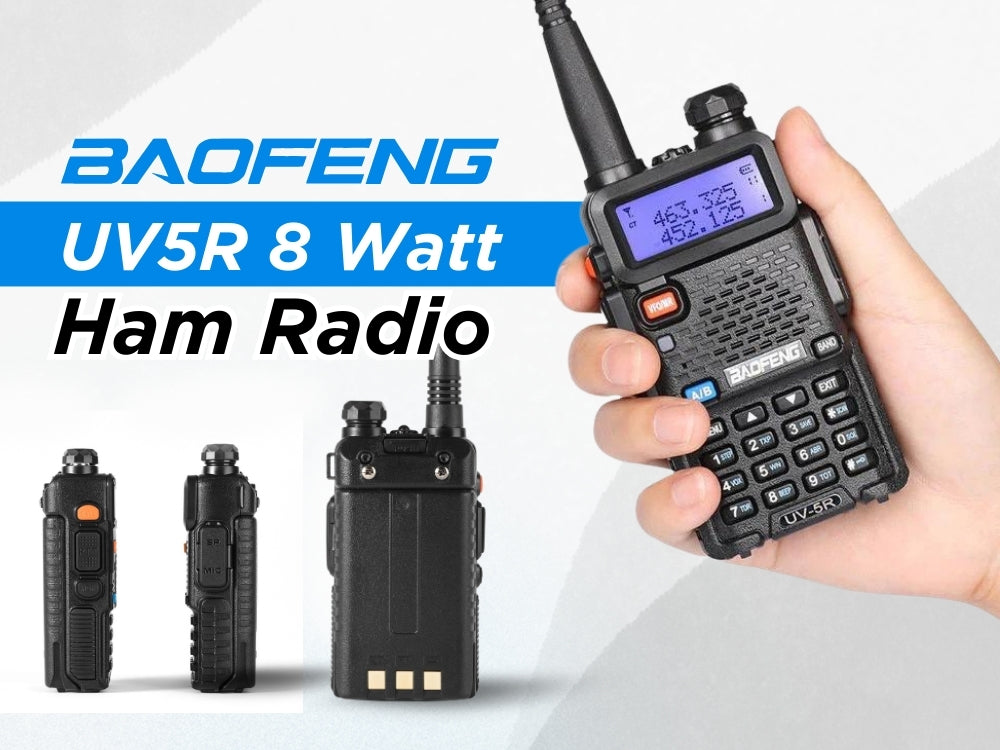
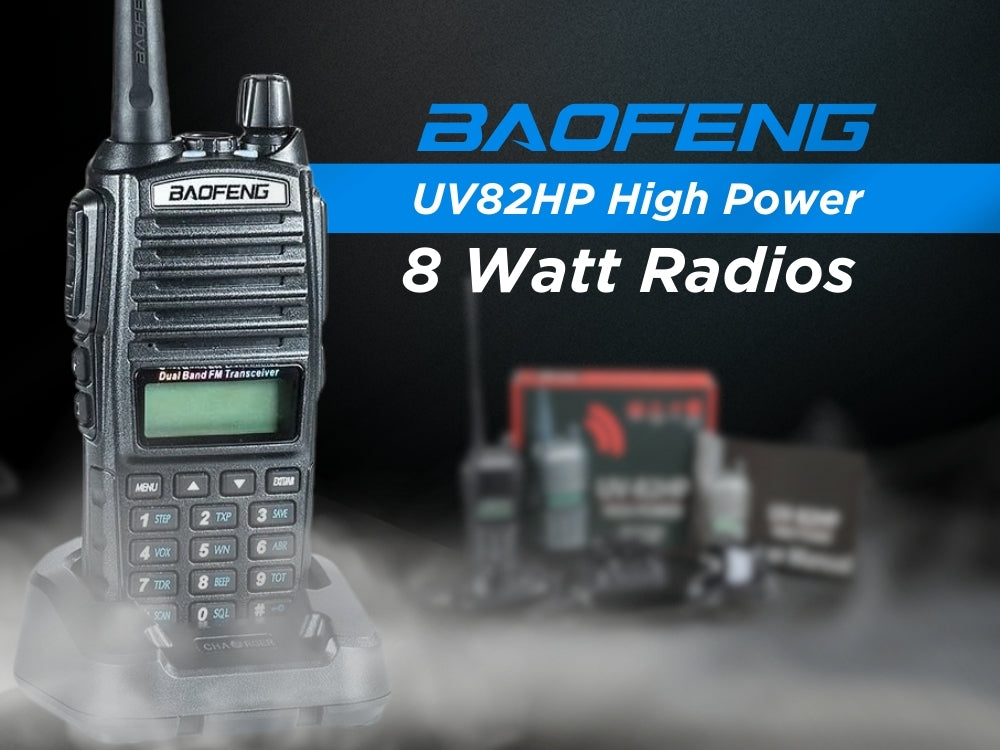
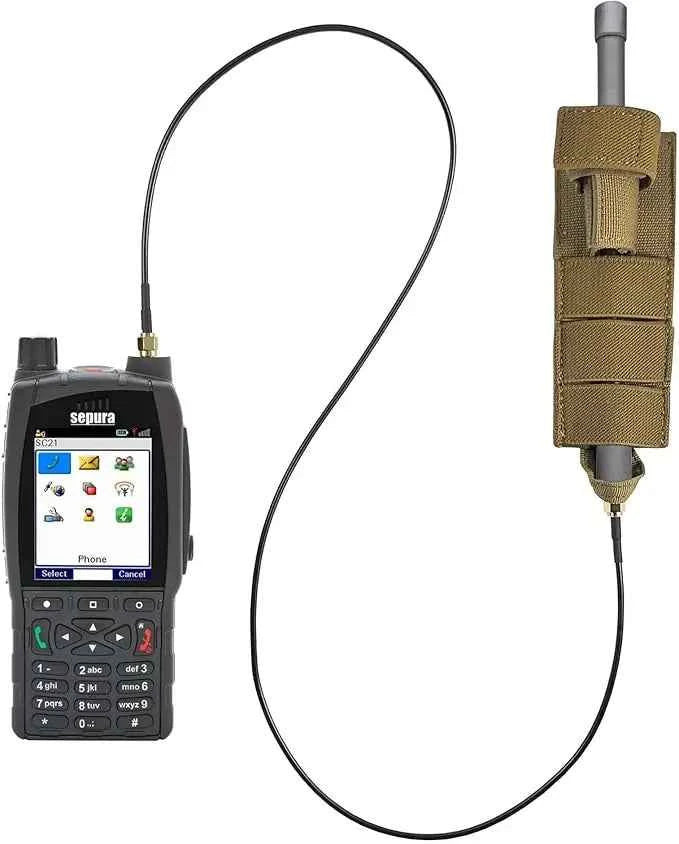





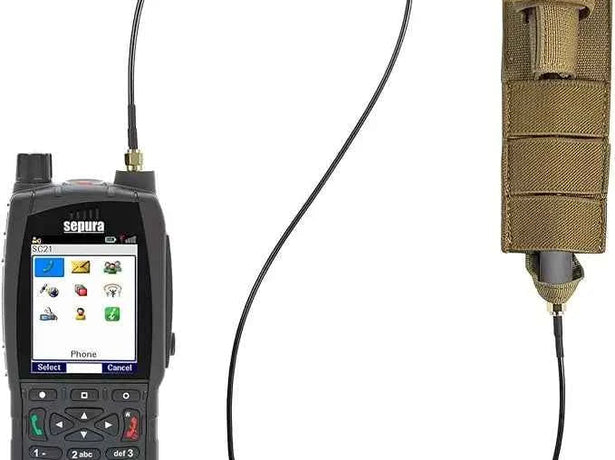
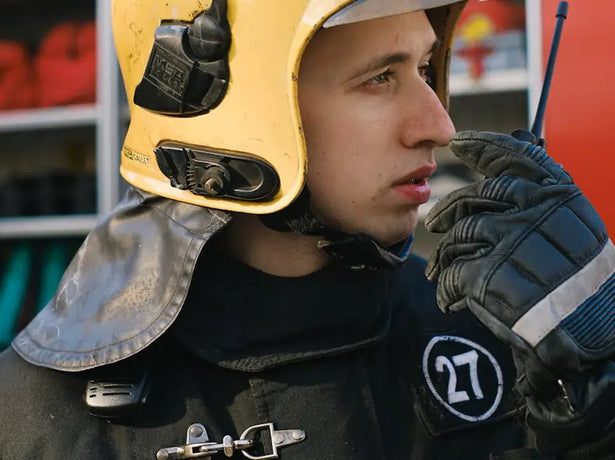

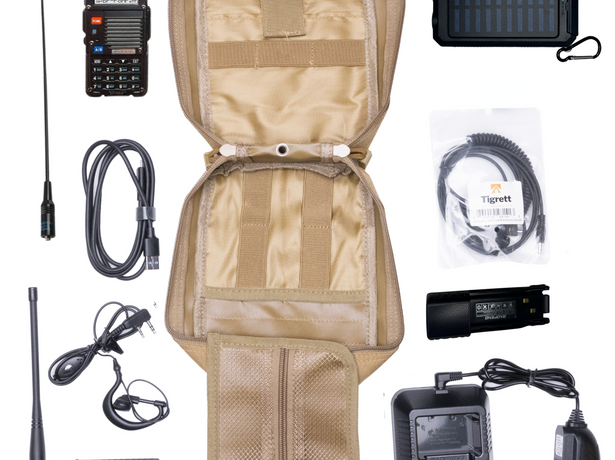
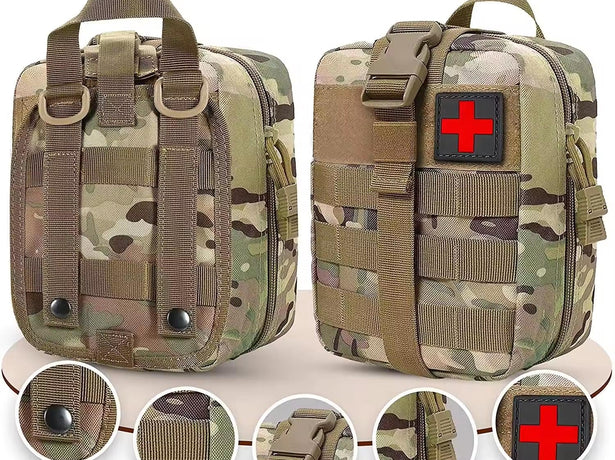
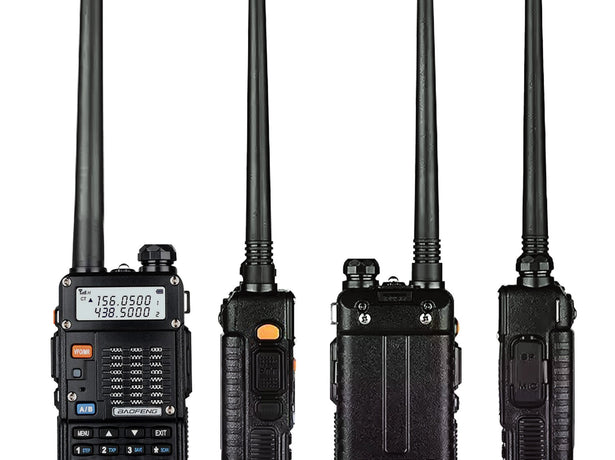
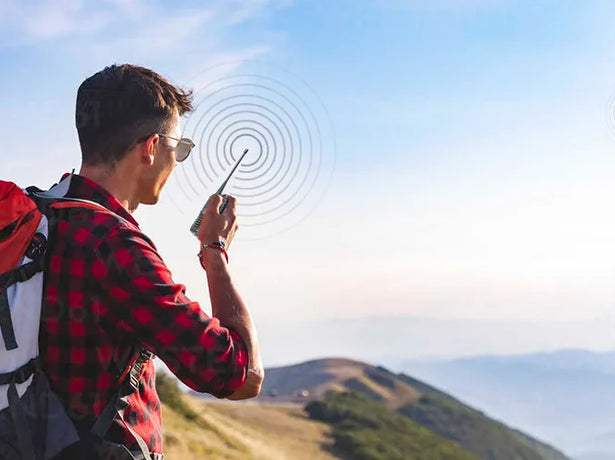
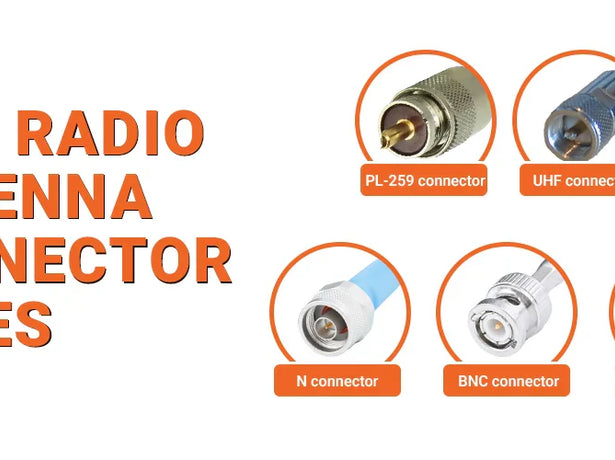
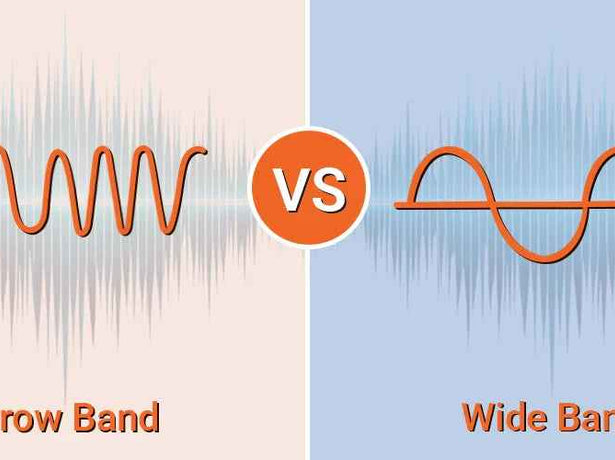

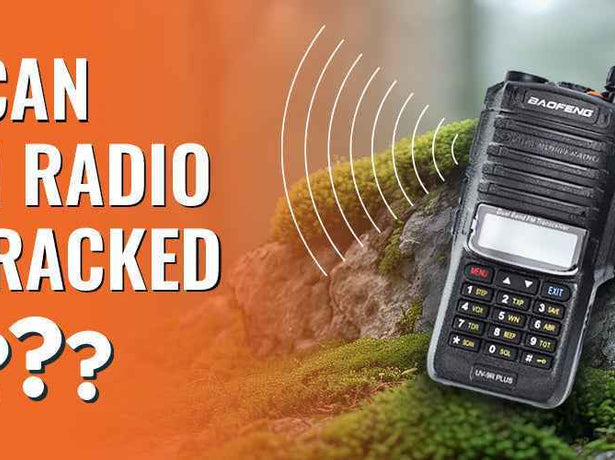

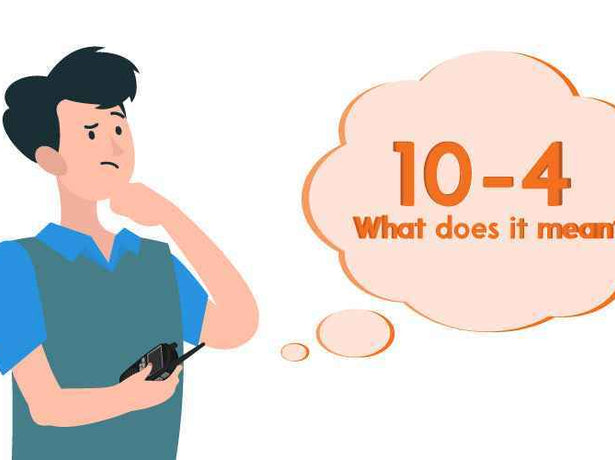
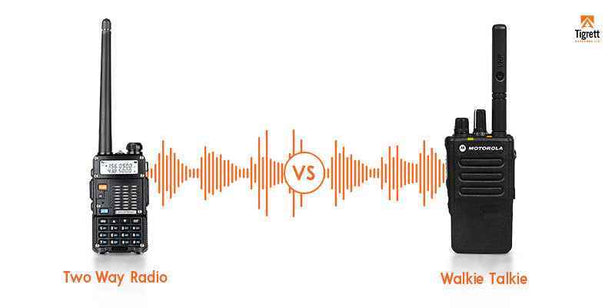
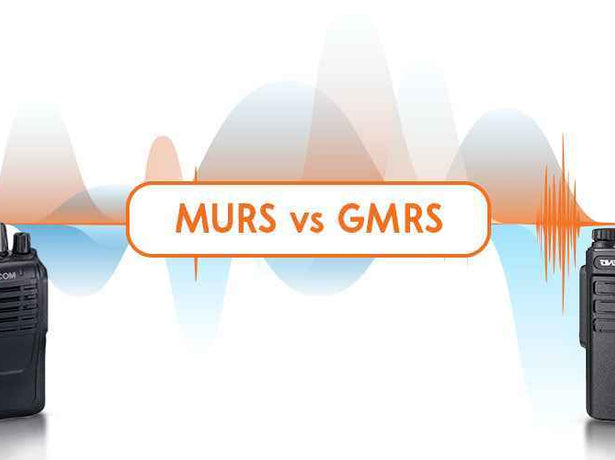
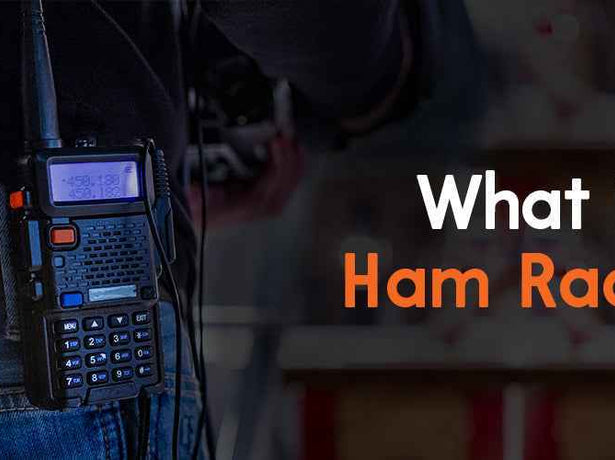
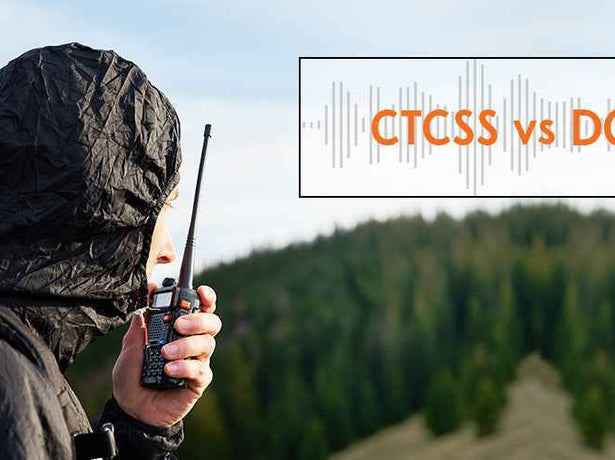
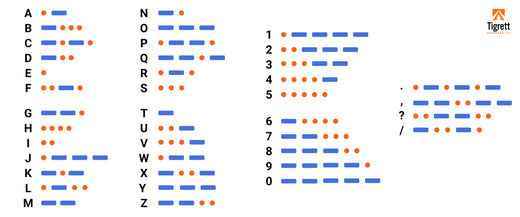
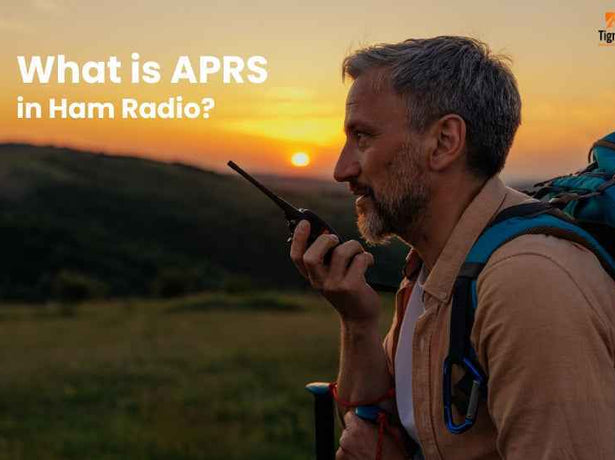
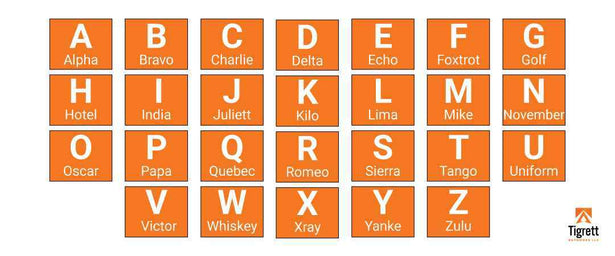
![What Does 73 Mean in Ham Radio? [Explained]](http://tigrettod.com/cdn/shop/articles/1741427464_615x460_crop_center.jpg?v=1741427465)
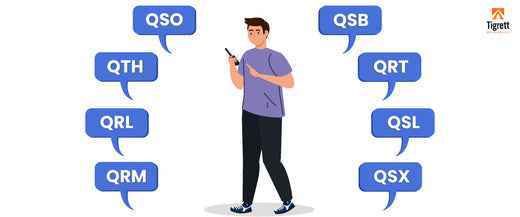
![How Much Does a Ham Radio Cost? [Everything Explained]](http://tigrettod.com/cdn/shop/articles/1741427457_615x460_crop_center.jpg?v=1741427458)
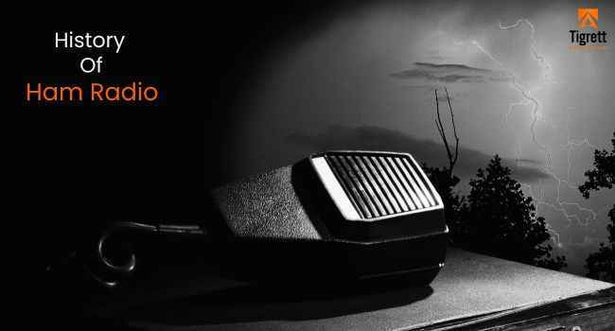
![How To Renew Ham Radio License? [Before the FCC Thinks You Vanished]](http://tigrettod.com/cdn/shop/articles/1741427449_615x460_crop_center.jpg?v=1741427450)
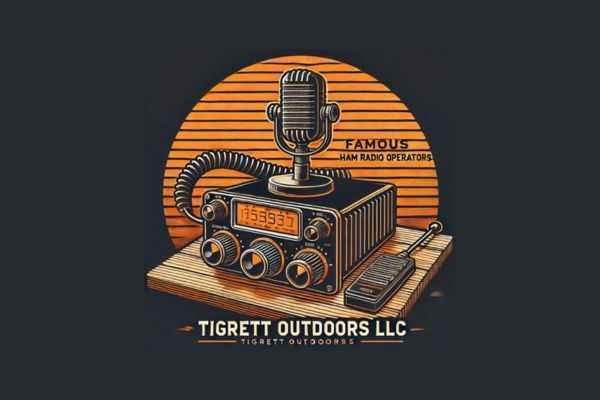
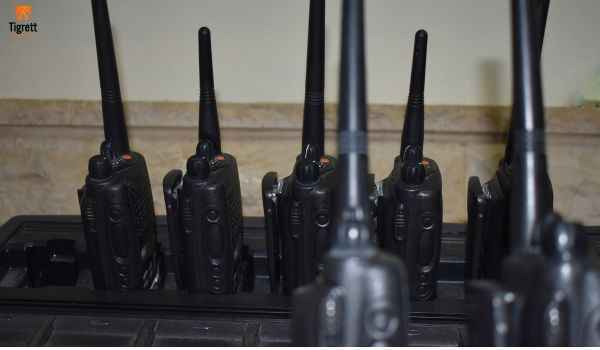
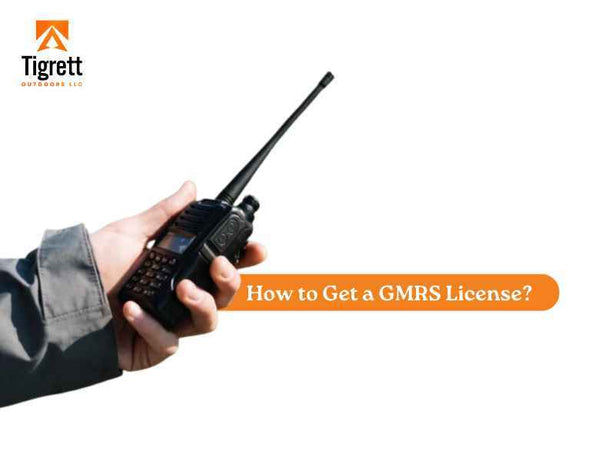
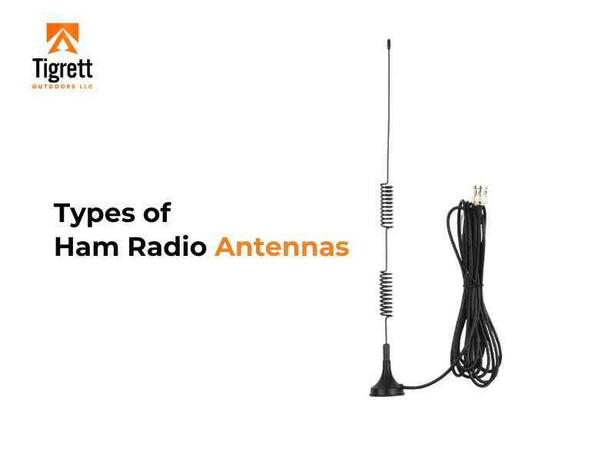
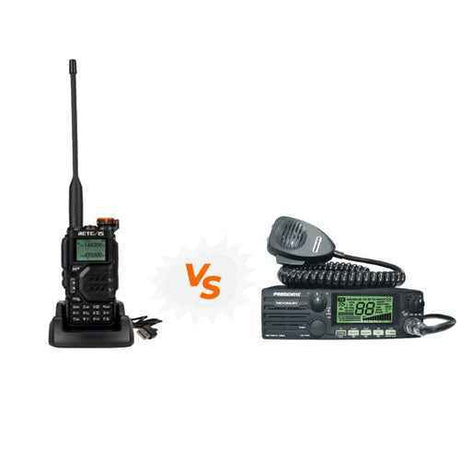
![Why the Height of a VHF Radio Antenna Is important? [Explained]](http://tigrettod.com/cdn/shop/articles/1741427428_615x460_crop_center.jpg?v=1741427429)
![How to Use Baofeng UV-5R as a Walkie Talkie? [Explained]](http://tigrettod.com/cdn/shop/articles/1741425757_615x460_crop_center.jpg?v=1741425758)
